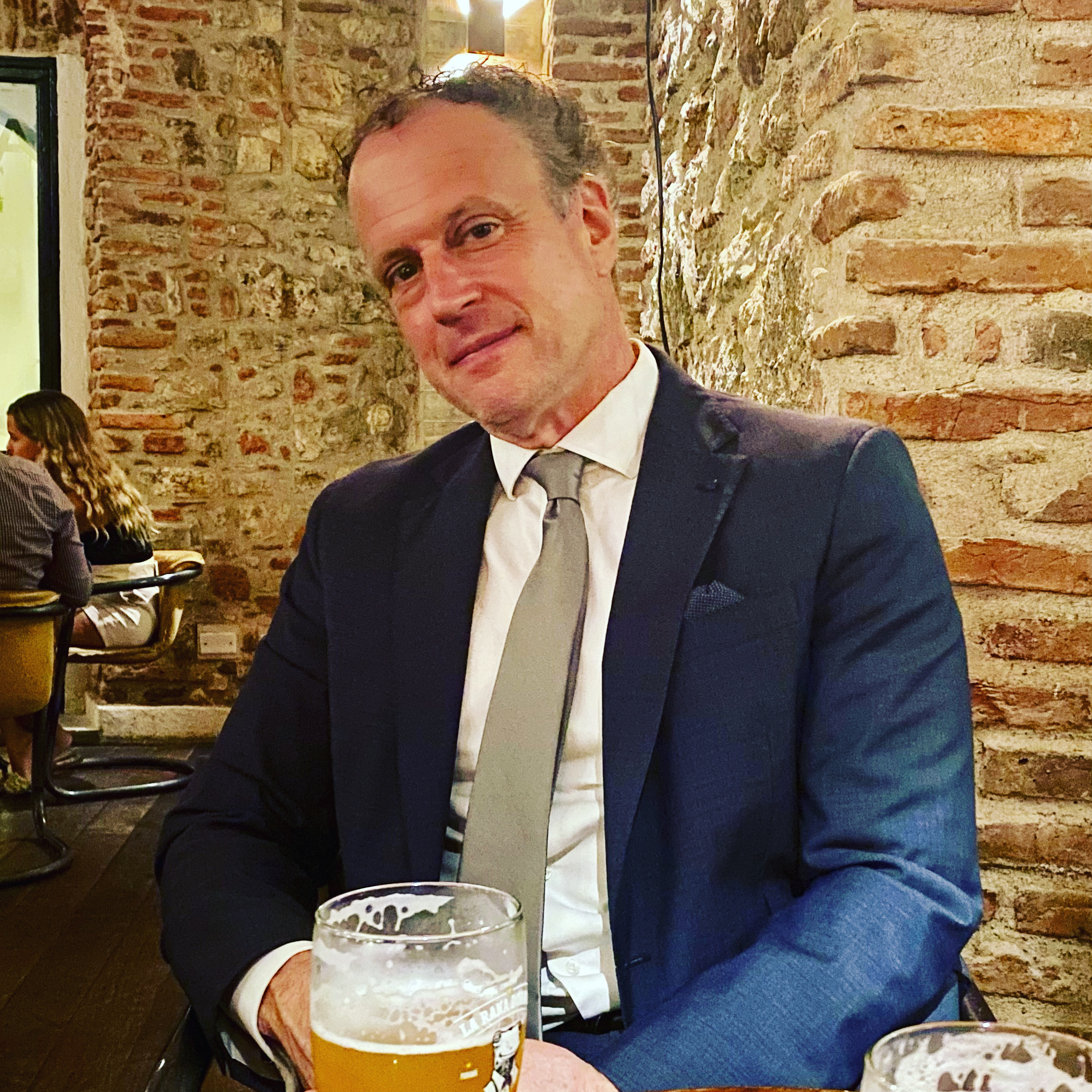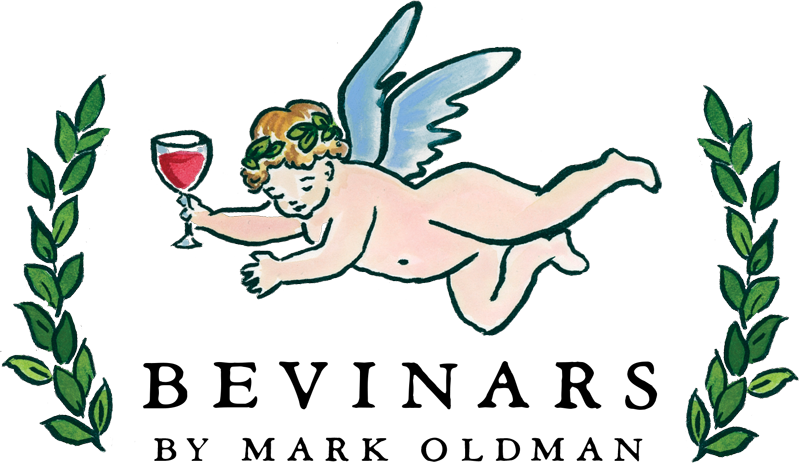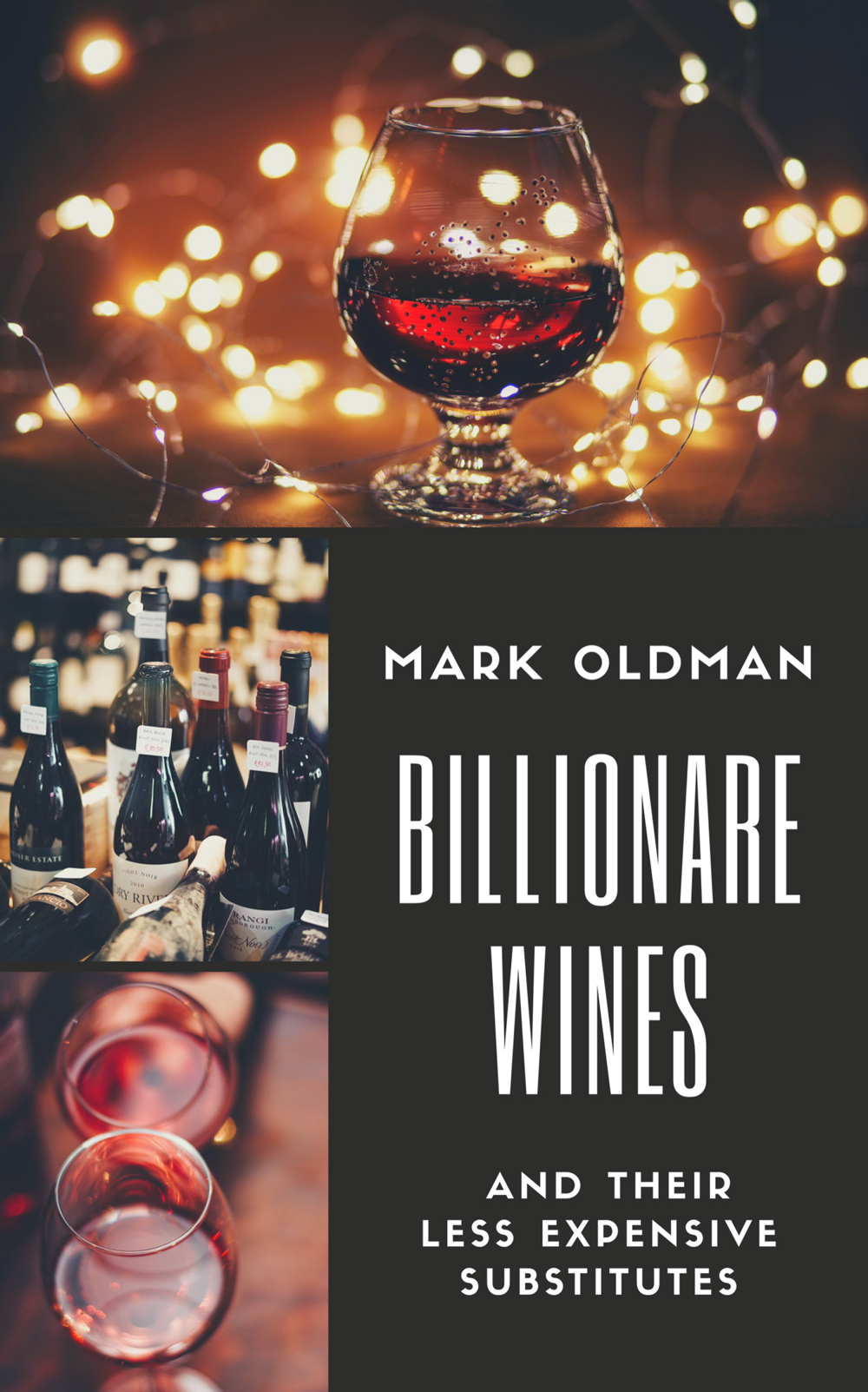Unlocking Terroir Treasures: A Journey Through French Wine Regions
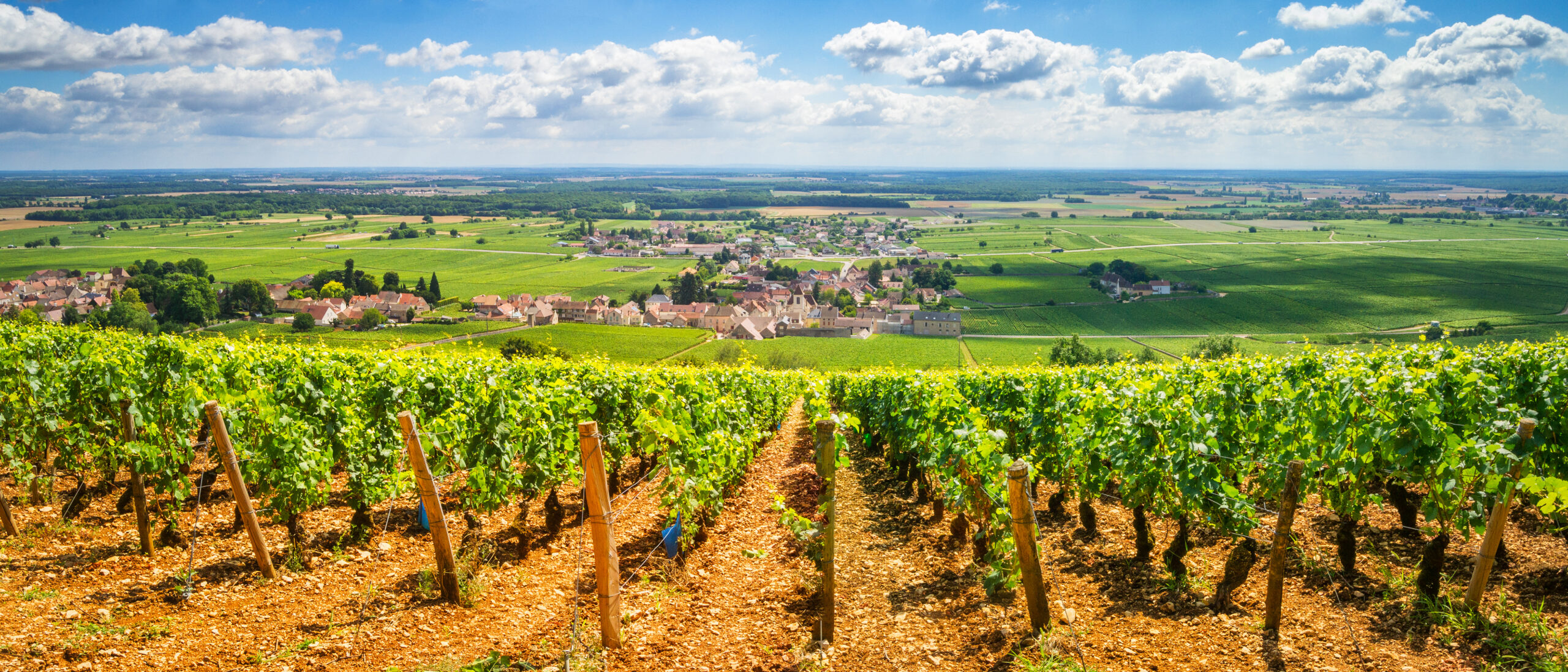
Among connoisseurs of fine wine, France enjoys an unrivalled reputation as vinous treasure trove. The country’s diverse wine regions have long been celebrated for producing some of the finest wines on the planet. Much of this has to do with the historical tapestry of geographic and cultural diversity there, described in minute detail by historians such as the wonderful Fernand Braudel.
It’s little wonder that the French invented the concept of terroir. Let’s embark on a journey introducing this enchanting landscape, where each region unveils its unique terroir, history, and the distinctive wines that make France a beacon of oenological excellence. For a deeper dive into French wine regions, consider taking a virtual class from the comfort of home!
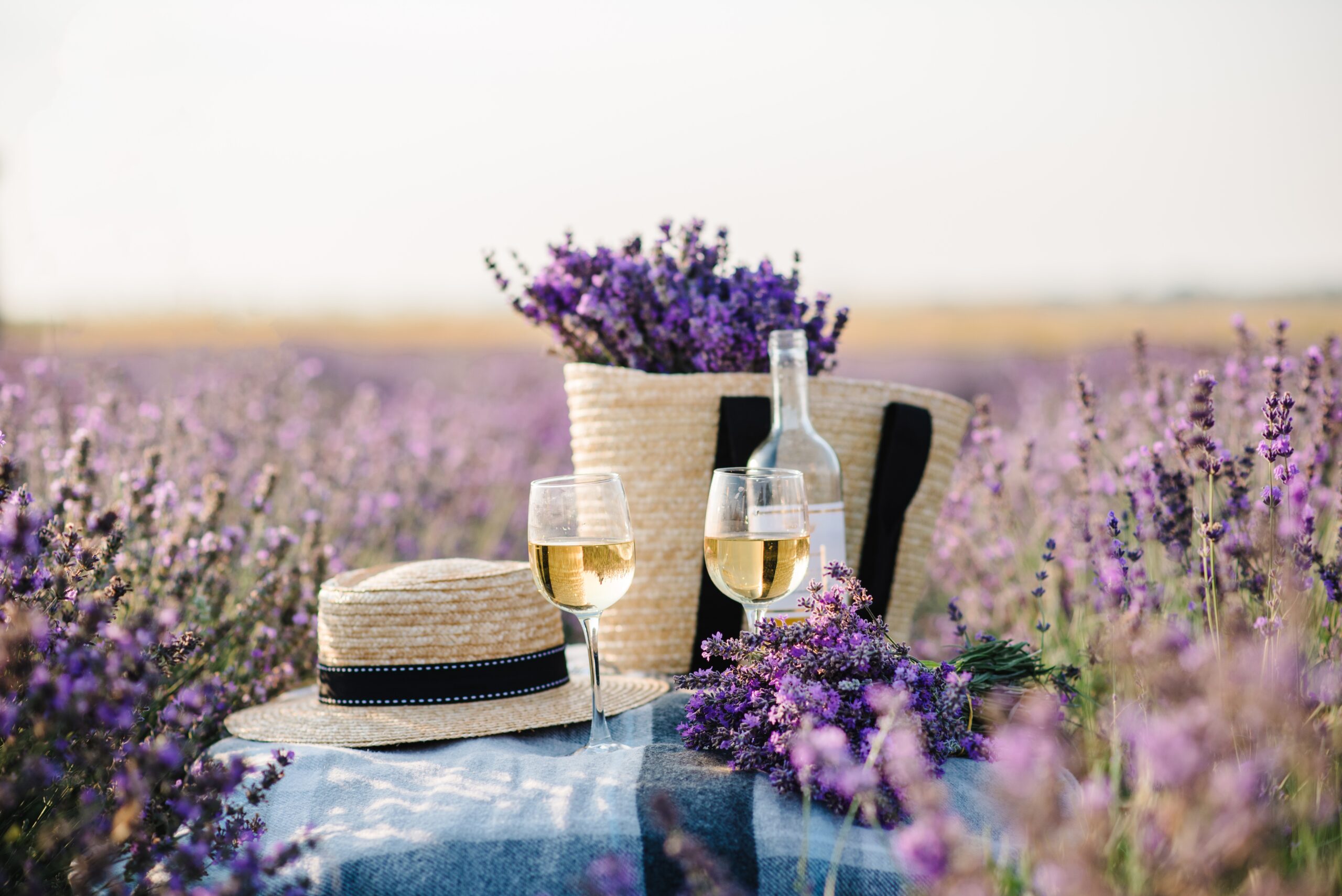
France's Major Wine Regions
Burgundy: The Epitome of Terroir
We start our journey in the heart of France with Bourgogne (Burgundy), a region renowned for producing some of the most sought-after wines in the world. Bourgogne’s terroir, imparts unique characteristics to the wines. The region is divided into several subregions, with the Côte d’Or being the most famous.
The Côte d’Or is further divided into the Côte de Nuits, known for its exceptional Pinot Noir, and the Côte de Beaune, celebrated for its Chardonnay. The wines of Bourgogne do not shout opulence but subtlety, finesse, and the delicate expression of terroir. You’ll find names like Romanée-Conti and Montrachet, liquid poetry that captures the essence of their respective vineyards.
Bordeaux: The Art of Blending
Traveling southwest, we arrive in Bordeaux, a region celebrated for its artful blending. Bordeaux’s terroir is extraordinarily diverse, and it produces a wide array of wines, from the robust Cabernet Sauvignon-dominant blends of the Left Bank to the elegant Merlot-driven wines of the Right Bank. (This refers to the vineyards positions along the Garonne River).
The Bordeaux classification system, established in 1855, classified the top estates and their wines. Château Margaux, Château Lafite Rothschild, Château Latour, and others from this classification are symbols of excellence. Bordeaux’s wines, with their harmonious blends, are a testament to the French philosophy of wine as an art form.
Champagne: The Sparkling Jewel
No journey through French wine regions would be complete without a stop in Champagne, the birthplace of sparkling wine. This northerly region produces the world’s most celebrated bubbly, where the region’s cool climate and chalky soils create the perfect conditions for sparkling wine production. The method of producing a second fermentation in bottle started in the 1690s and developed into an art form that allows for the development of toasty notes after aging on the lees.
Champagne houses like Dom Pérignon, Veuve Clicquot, and Krug craft exceptional cuvées that have become synonymous with celebration and luxury. The effervescent magic of Champagne embodies elegance, finesse, and a unique terroir that can’t be replicated elsewhere.
Rhône Valley: The Bold and the Beautiful
As we move south to the Rhône Valley, we encounter a region that’s all about bold flavors and powerful wines. The northern Rhône is known for its single-varietal Syrah wines, with Hermitage and Côte-Rôtie being standout appellations. These wines are rich, full-bodied, and express a deep sense of place.
The southern Rhône, by contrast, claims fame for its blends, where Grenache is often the star. Châteauneuf-du-Pape and Gigondas produce robust, spicy wines that perfectly encapsulate the warmth and character of the region. Writ large, the Rhône Valley evidences the incredible diversity within French wine regions.
Provence: Rosé Paradise
It hardly needs saying: Provence is synonymous with rosé. The region’s warm Mediterranean climate, combined with its limestone soils, creates the perfect environment for producing rosé wines that express crisp, light, and refreshing character. From pale pink to salmon hues, these wines, often with delicate notes of citrus and red fruits, symbolize leisure and warm summer days.
Provence’s terroir and winemaking techniques have elevated rosé to a level of sophistication that’s appreciated worldwide. The region is not just about wine; it’s a lifestyle, with its rosé wines at the heart of its joie de vivre.
Alsace: Elegance in the East
In the northeastern corner of France lies Alsace, a region celebrated for its aromatic white wines. The Alsace terroir boasts a unique blend of Germanic and French influences. Riesling, Gewürztraminer, and Pinot Gris grapes flourish here.
The pristine expression of varietal character sets Alsace apart. The wines are rich, complex, and fragrant, with an incredible ability to reflect their terroir. The bottles from Alsace offer an extraordinary journey through the scents and flavors of white wines.
Languedoc-Roussillon: The Land of Diversity
Languedoc-Roussillon, in the southwest, has recently become renowned for its remarkable diversity; just ask one the greatest winemakers, former rugby star Gérard Bertrand, now an advocate of biodynamic viticulture. It’s the largest wine-producing region in France, encompassing a range of terroirs from coastal vineyards to mountainous landscapes. Here, you’ll discover a wide variety of grapes, including some lesser-known varieties, and a myriad of styles.
The region is a playground for winemakers, and its wines are captivating, from the rich and fruity reds of Minervois to the crisp whites of Limoux. Languedoc-Roussillon’s offerings testify to the modernity and innovation within French wine regions.
Corsica: A Mediterranean Gem
This journey concludes on the enchanting island of Corsica, nestled in the Mediterranean Sea. This unique terroir, with its mix of mountainous terrain and coastal breezes, creates wines that beautifully reflect the island’s character. Corsican wines are known for their vibrant, aromatic whites and robust reds, often showcasing indigenous grape varieties.
Corsica offers a taste of the Mediterranean lifestyle, where wine is an essential part of the local culture. The island’s wines, with their distinct terroir and a sense of place, epitomize the joy of island living.
A Tapestry of Terroirs
This journey through the diverse French wine regions showcases the richness, depth, and diversity of the country’s winemaking tradition. From the subtle Pinot Noirs of Burgundy to the bold blends of Bordeaux, from the effervescence of Champagne to the powerful reds of the Rhône Valley, each region tells a unique story of terroir and tradition.
As you explore French wine regions, you not only savor exquisite wines but also immerse yourself in centuries of winemaking history. Each bottle is a testament to the French passion for celebrating the nuances of the land and the artistry of winemaking. So, whether you’re a seasoned connoisseur or a budding enthusiast, the wines of France offer a boundless world of exploration and discovery. Cheers to the terroir treasures of France, and to continue this exploration, sign up for a wine class!
